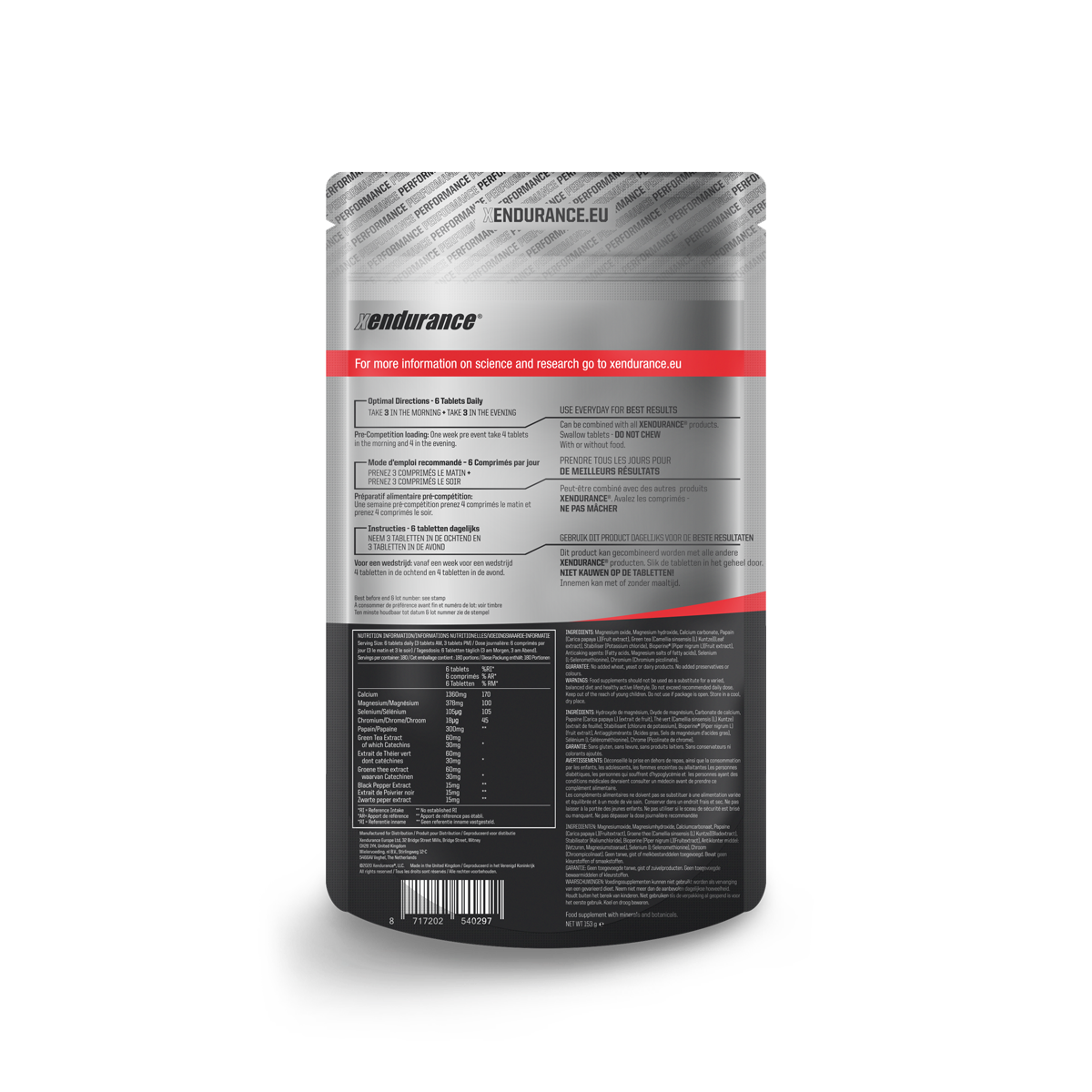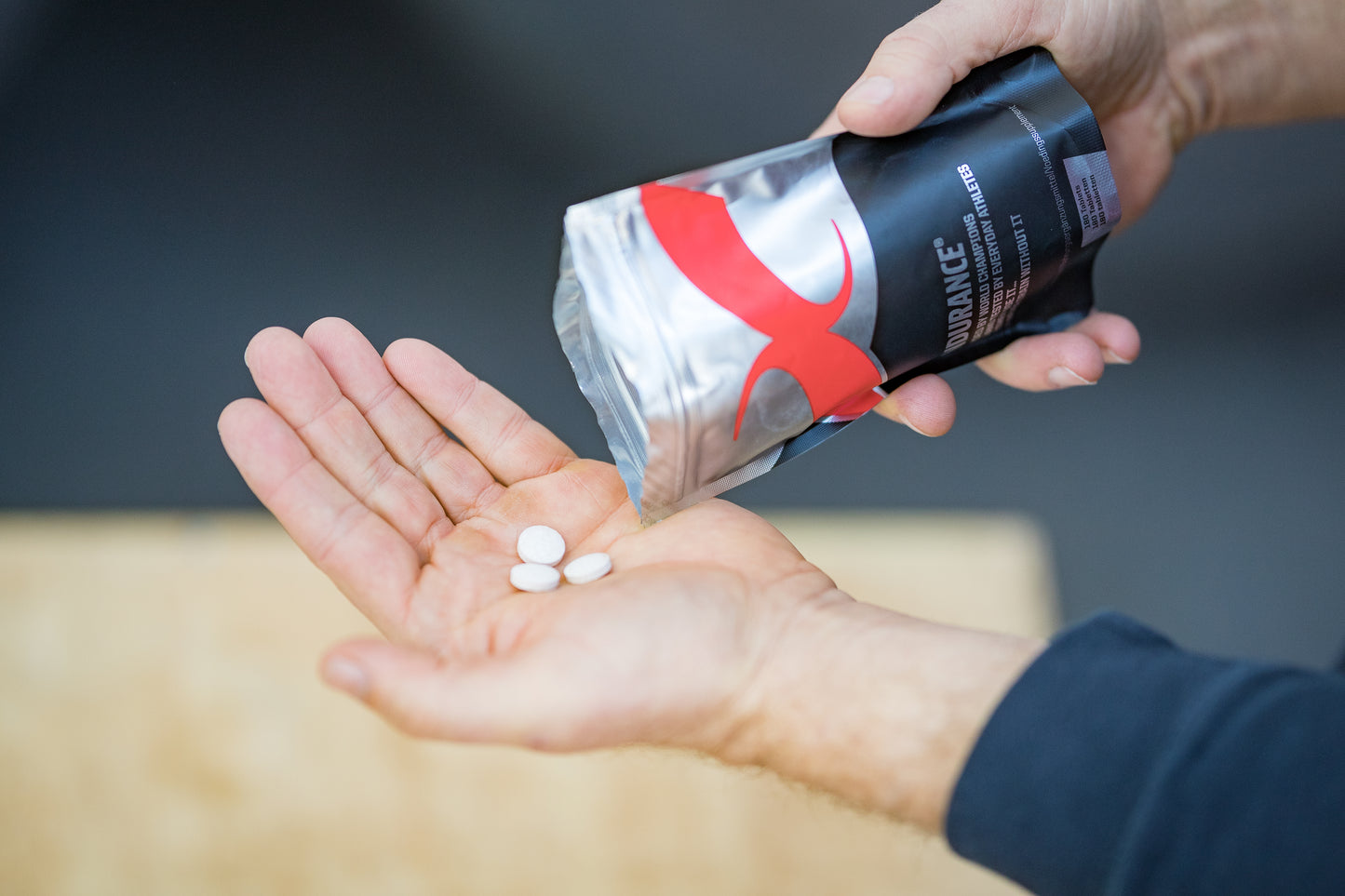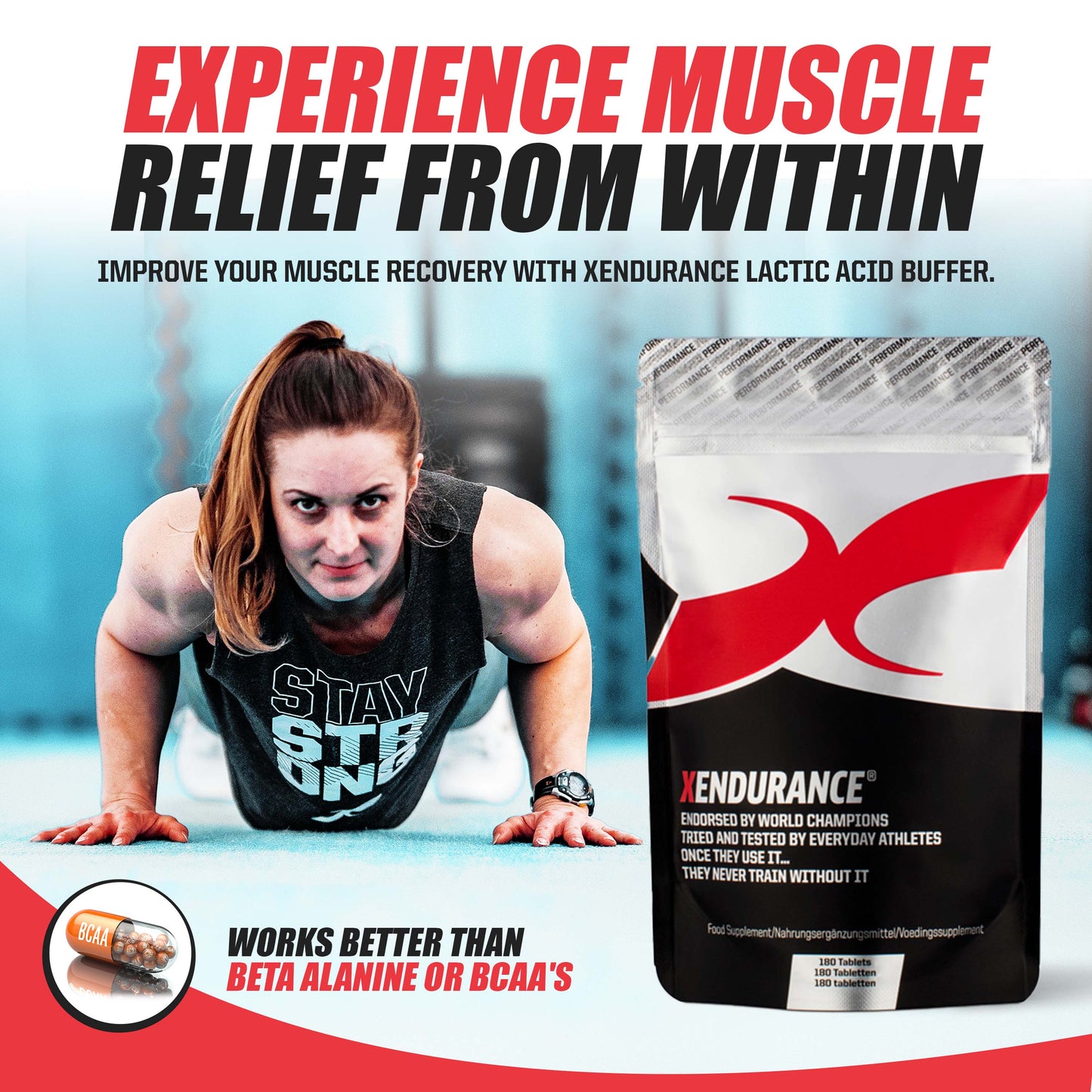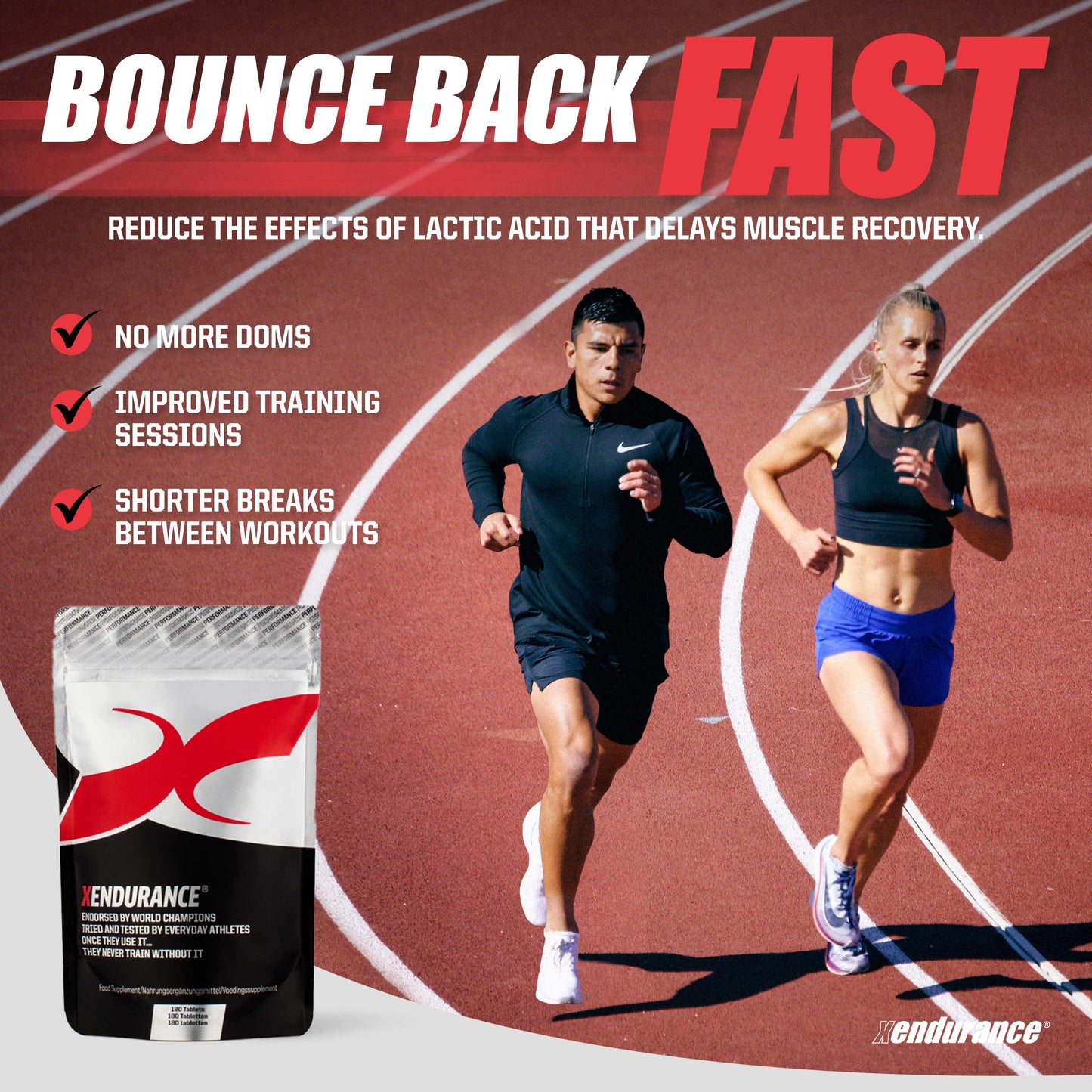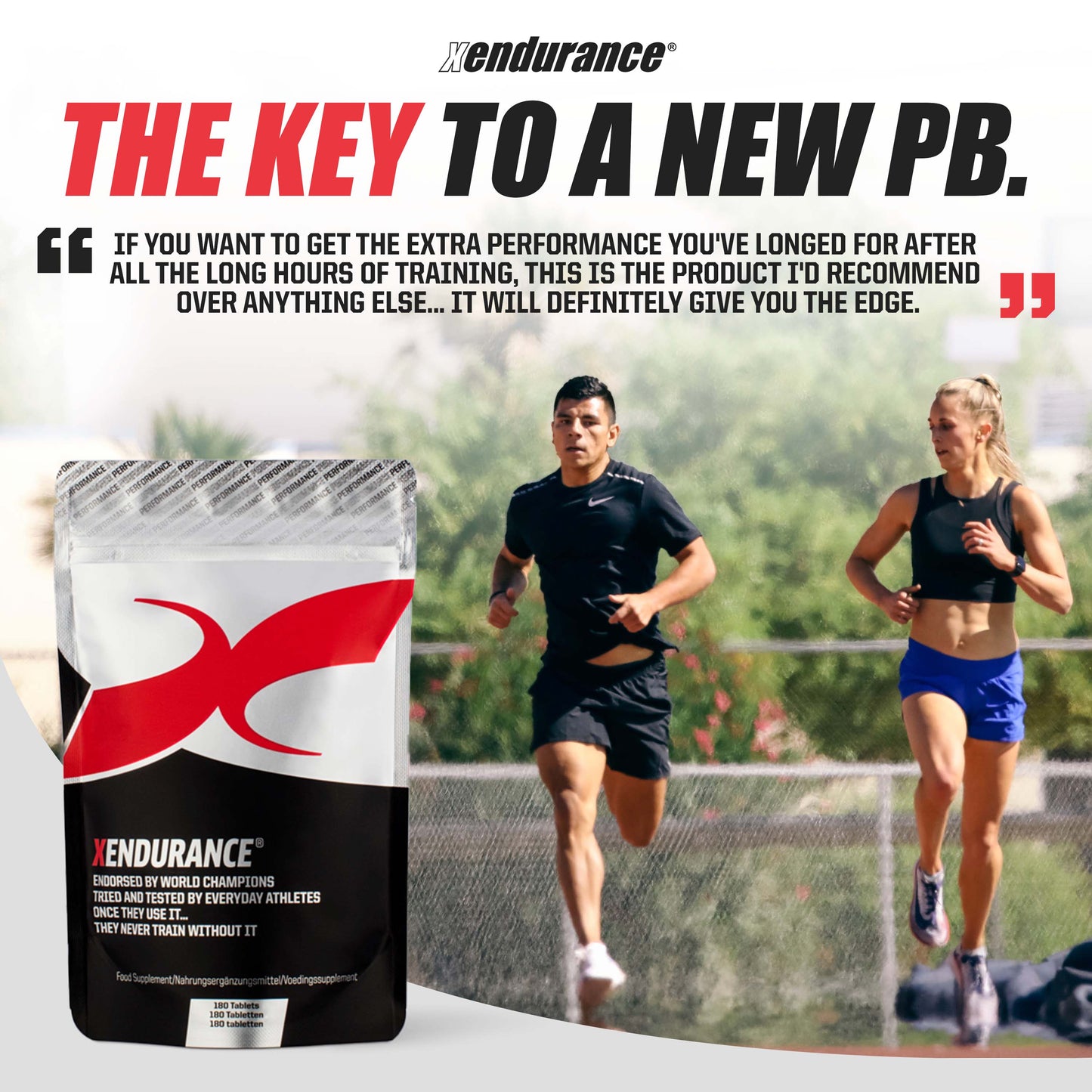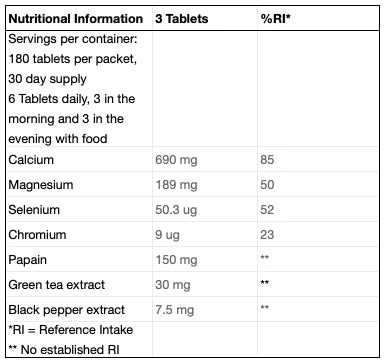In triathlon and (and cycling generally too) it’s speed on the bike that ultimately wins races not the power with which you push the pedals. But (gasp), you train many hours each week to get fitter and become more powerful? Surely more power going into the system results in more speed coming out? Well, of course it does if all things remain equal but unfortunately all things are not equal. This means you can both go faster without getting fitter and you can do it with less effort on race day…
If we take it for granted that your fitness on any given day is fixed and the result of your training (or lack of) in in the preceding months, then you only have so much power to play with. So where can we find more speed for the same power or where can we find ‘free’ speed allowing you to save energy and possibly run faster as a result? Let’s look first at what forces combine to slow us down when cycling:
- Aerodynamic DRAG: the number one resistive force at speeds above 9-10mph is drag. It’s force increases exponentially with speed meaning that to raise your speed from 12-13.5mph may take an additional 20 watts but raising it a similar amount when already travelling at 22mph (to 23.5mph) would require approximately 50 watts more. That’s not easy for anyone to do. The bike and rider both contribute to drag and it’s the interaction of ‘man and machine’ that is of ultimate importance if we want to reduce drag. The rider accounts for 80% or air resistance and the bike itself just 20%.
- Gravity: this makes us heavy and whilst we can’t change its force upon us we could look to lose some weight (if appropriate and healthy to do so). However, reductions in weight of bike and/or rider only become as important as reducing drag when travelling at very slow speeds (hill climbing for instance).
- Rolling resistance: this occurs at the interface of the bicycle’s tyre and the road surface. It tends to be higher with rougher surfaces, cooler temperatures and heavier riders. The materials in both the tyre, and interestingly the inner tube too, affect this. There is considerable difference between a fast and a slow rolling tyre/tube combination.
-
Drivetrain friction: arises from the interaction of the chain with the other components of the drivetrain (chainrings, sprockets, jockey wheels) and directly robs us of the power with which we are stomping into the pedals. Friction can be reduced by good maintenance of these components; cleaning, degreasing, lubricating.

Practical Tips (aka. what to consider spending your time and money on):
- A bike fit. Above all else you need to be sure that your position on the bike allows an optimal balance of comfort, aerodynamics and power production. Adding Tri-bars (TT bars) to a road bike makes a staggering difference!
- Choose components that improve the position (aerodynamics) of the rider above those that are light or more aerodynamic in themselves. If they fulfil all of these requirements then go spend your cash! This includes nutrition storage products, which should fit seamlessly with the bike and also allow the rider to eat and drink without disturbing their aero profile (much).
- Prioritise spending on clothing (tri-suit, helmet, calf guards). You cause 80% of the drag and your skin (even when shaved) creates more drag than lycra. So an upgrade from traditional (loose fitting, wrinkled) kit to a tight skinsuit with textured fabrics (trip strips), an aero helmet (slightly larger, without air vents but with a visor and a short tail on the rear) and possibly some calf guards stand to save you the biggest amount of time on the race course.
- Use online calculators to help guide you towards optimal tyre pressure and where possible upgrade to faster rolling tyres, latex inner tubes or tubeless tyres with 30ml sealant.
- Wheel upgrades are worthwhile if your bike has conventional narrow rims and spokes. However, once you have ‘deep section wheels’ the speed improvements are less clear and new wheels often cost a lot of money. Having said that, a rear disc (solid) wheel out performs all others in almost all conditions.
- Keep your bike clean, especially the drivetrain components. Upgrade the chain when part-worn (stretched) to avoid wear and tear on the sprockets and further friction. Lubricate the chain with wax based options (UFO drip or Squirt Lube would be my choices).
By Phil Ellison, Senior Coach at Total Tri Training, you can reach Phil by clicking here Or on Instagram @phil.ellison




